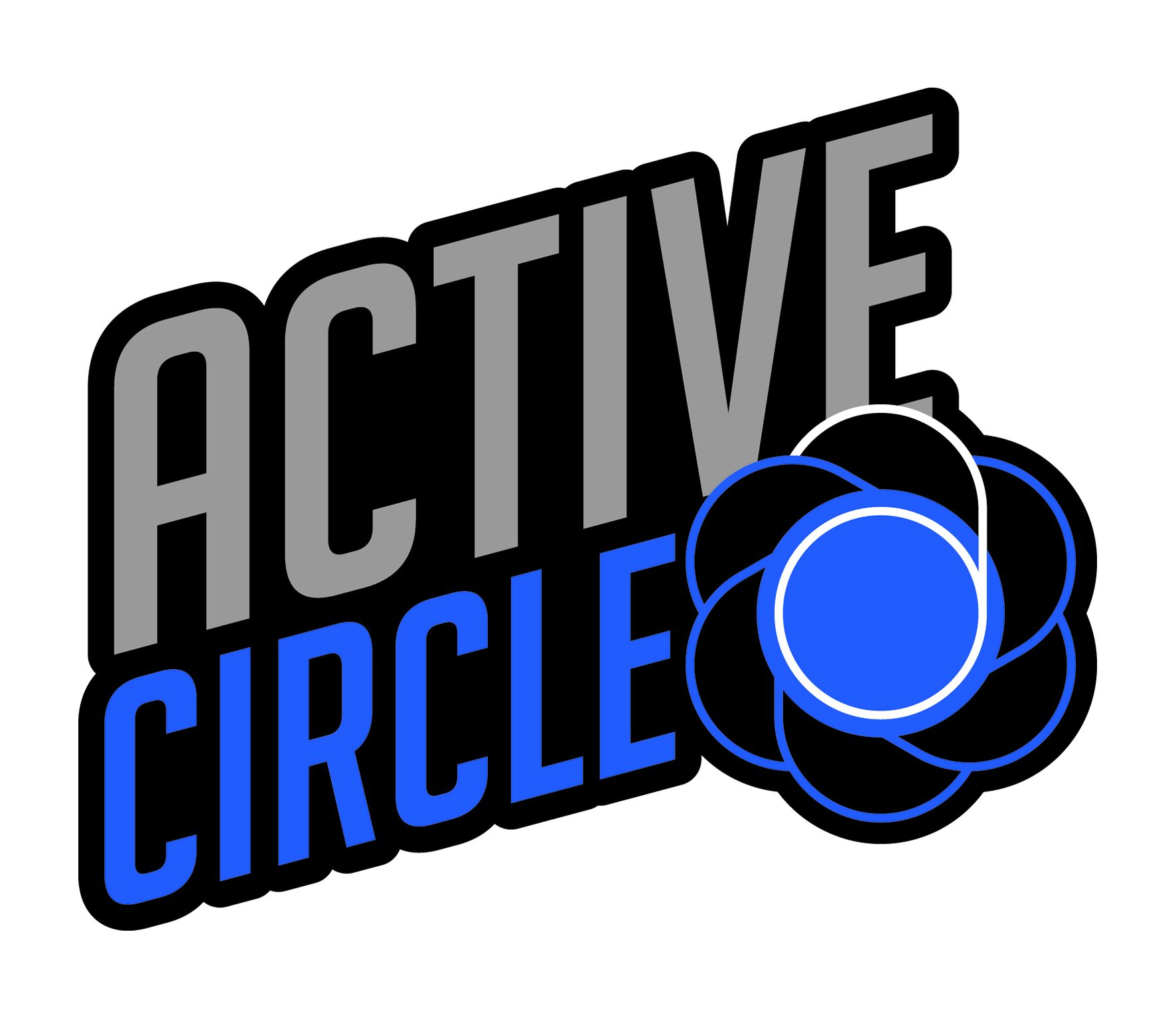It’s not the machine, it’s the computer!
The human body is nothing short of extraordinary, and our brains… phenomenal! When it gets to movement though, I’ve got a bone to pick!
Let’s think of our body as an extremely complex self-regulating machine and our brain, or more specifically our Central Nervous System, as the computer system that powers it. As you can imagine, a machine without power, electricity in this instance, is not going to function, not without manual assistance.
So where does my beef with movement come from? Yes… muscles.
Our wonderful bone structure creates levers in which our muscles are strategically placed to articulate them. Our levers are designed to not rely on gravity, unlike some machines such as cranes and tractors. In a weightless environment, like space, we can move any body part in any direction, and there are other muscles that will move you right back to where you started.
For every muscle, there is an opposite muscle. But this alone is not an adequate statement. It just means that for example if I bend my knee, other muscles will straighten it back up. What if a muscle is weak, what happens to the opposite (antagonist) muscle? In human movement we have two very important attributes to consider: posture – our position at ease; and motor patterns – our ability to perform fundamental movements. How are these attributes affected by weaker muscles?
A much better scenario would be to say: “for every muscle, there is an equal and opposite muscle” (relatively speaking). This implies symmetry, which is highly recommended for good posture and movement. This is where all the trouble begins. OK, so our extraordinary machine has run into some issues, whether it be a weak muscle, or hyperactive, tight, unconditioned, etc. Surely our phenomenal computer can fix it right? No, and that’s my problem with the system!
Without going too deep into the physiology, sticking to our computer analogy, think of our Nervous System as the wires that run from the computer to the machine, systematically powering it. The problem is the computer tends to discriminate, sending most of its power to the strongest part of the machine, adding extra wires to it at the expense of the weak part.
Neuroplasticity: The rewiring of neural pathways, key to motor learning and adaptation, working against us. A defensive mechanism to protect the weakest link from failing. Fair call, but what does that mean for the weaker muscles in our body? How about the stronger muscles taking up the slack and working overtime? How to know, the mind says everything is just fine?
Amblyopia, aka “lazy eye”, where (extremely simplified) the brain picks an eye as the stronger one and over time stops acknowledging the information passing through the weaker eye. In actual fact both eyes are perfectly functional. Because the brain is basically ignoring the “weak” eye, the muscles that move the eye are also ignored. Like wearing an eye patch for a week, your brain will adapt, and when you take that patch off that eye ball is most probably going to be pointing at the floor and in need of some training. How best to do that? Isolation and activation. Cover the dominant eye and teach your brain to recognise that other!
It’s a good thing for us that movement never lies!
Picking a muscle that is strong or weak relative to its opposing muscles is difficult. Often they are intrinsic (deep) or stabilisers (very little Range Of Motion) making it increasingly difficult to identify. To a trained eye, there are multiple fundamental movement patterns that can easily be used to screen a client and expose these imbalances. Analysis of something as simple as walking gait or an unloaded overhead squat, a good coach/trainer will spot a weakness, and a great trainer will focus on these first.
There are a few terms floating around that may be common to performance athletes: Self Myofascial Release; muscle/neural activation; mobility; stability; movement prep. A good program will include most of these, before the actual workout begins. What do they all have in common? Stimulation of the Nervous System. Warming up on a treadmill is long gone.
It’s all about booting up the computer first, then the machine.
Not an athlete? We all work off the same platform. Standing up, sitting down, walking or picking something up off the floor, we should all be able to do that repeatedly, pain free and with ease. When a 3 year old baby can do a squat better than you, it’s a concern. We are naturally wired to perform these fundamental movements, then our modern lifestyle (sitting; driving, etc.) rewires us to be really good at doing nothing.
Unfortunately, everything catches up to us eventually. Whether it is excessive weight, posture, that tight hamstring or clicking shoulder. With time it will get worse or develop compensatory measures which lead to referred pain and other injuries. Training incorrectly is also counterproductive.
Time to train smart.
Train your brain to recognise the muscles that have been demoted and movement will improve. Strength will increase. Pain will subside. Anything will be possible.
Luis Santos
Stay in touch with this feed as we will be describing in detail how all these neural facilitation techniques can improve your movement.

the "rehoboth massage" guy